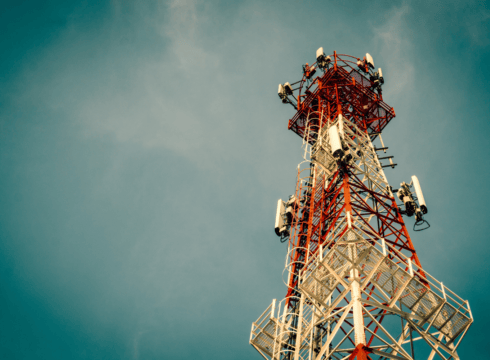The IAMAI said that the demand for a revenue sharing model is a ‘covert attempt’ to dilute net neutrality in India
Levying additional costs on OTT platforms would have a ‘chilling effect’ on the investments and entrepreneurship in the OTT space: IAMAI
The comments come days after it was reported that TRAI is trying to develop ‘some form of a revenue-sharing mechanism’ between OTT apps and telecom operators
Inc42 Daily Brief
Stay Ahead With Daily News & Analysis on India’s Tech & Startup Economy
Lashing out at the Cellular Operators Association of India’s (COAI’s) proposal to implement a revenue sharing model between OTT players and telecom players, the Internet & Mobile Association of India (IAMAI) called the plan a ‘death knell’ for the country’s digital economy.
Training guns at the telecom operators’ body, the IAMAI said that the demand for a revenue sharing model is a ‘covert attempt’ to dilute net neutrality in India.
“Bodies such as the Cellular Operators Association of India have been advocating for a model where the sending party network pays (SPNP) which would allow telecom service providers to exploit internet businesses by formalising rent seeking. The SPNP model would also be a death knell for the digital economy and the creative ecosystem which it sustains,” the IAMAI said in a statement.
The industry body, which represents digital companies and startups, said that levying additional costs on OTT platforms would have a ‘chilling effect’ on investments and entrepreneurship in the emerging space. The move would be akin to exacting tribute or imposing taxes on the space.
Describing its rationale behind the stance, the IAMAI said that internet adoption in India has largely been driven by cheap data, and implementing a revenue sharing model would ‘effectively raise costs for users’ indirectly. This, it said, would have the same impact as increasing data tariffs.
“… the reignition of this debate threatens the stable and flourishing tech ecosystem which India has developed over the last decade and will weaken India’s position as a leader of the global digital economy,” the statement added.
As per the IAMAI, the SPNP mechanism can effectively reverse strides in internet adoption and economic activity in the following ways:
- Disincentivising growth for OTT based businesses for whom a volume-based revenue sharing mechanism would be a glass ceiling for continuing growth and may even act as a barrier to entry for new startups
- Adding a cost to accessing free or cheap content, effectively raising the cost of internet usage
- Allowing carriage regulation to become content regulation
COAI Reignites Debate
Earlier today, the COAI reportedly said that it will recommend a possible revenue sharing model between telcos and OTT platforms to the government. COAI DG Lt Gen SP Kochhar said that OTT players must compensate the telcos for data traffic that the latter are driving to their apps.
The COAI represents all major telecom operators, including Reliance Jio, Bharti Airtel and Vodafone Idea.
Reiterating its demand for bringing communication OTT apps under the ambit of regulation, the telecom operators’ body said that these OTTs apps are providing similar telecommunication services and ought to be governed by the same regulatory and security obligations as telecom companies.
The full-blown verbal duel erupted after reports said that the Telecom Regulatory Authority of India (TRAI) is trying to develop ‘some form of a revenue-sharing mechanism’ between OTT apps and telecom operators, including exploring the option of instituting a carriage charge for the OTT apps.
The exact contours of the sharing agreement would be ironed out after publishing a consultation paper on the matter. On one side, proponents of the model have claimed that video traffic would grow exponentially with the deployment of 5G and would entail heavy investments for telcos on increasing carriage capacity and backhaul networks. On the other hand, critics say that the OTT players account for a majority of the traffic flow and the subsequent revenue for telecom companies. Hence, they should not be asked for any additional levies.
The COAI’s demand is not new. In November last year, it called for levying a ‘usage tax’ for the traffic carried by the OTT players on telecom networks.
Recently, TRAI sought comments from key stakeholders on a consultation paper proposing to overhaul the existing norms and frameworks around OTT and telecom space.
Besies, the government has also introduced the much awaited draft Telecommunication Bill, 2022 last year to replace the Indian Telegraph Act, 1885, the Indian Wireless Telegraphy Act, 1933 and the Telegraph Wires Act, 1950.
{{#name}}{{name}}{{/name}}{{^name}}-{{/name}}
{{#description}}{{description}}...{{/description}}{{^description}}-{{/description}}
Note: We at Inc42 take our ethics very seriously. More information about it can be found here.


